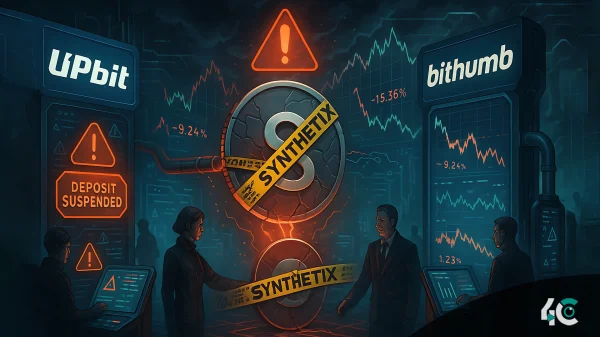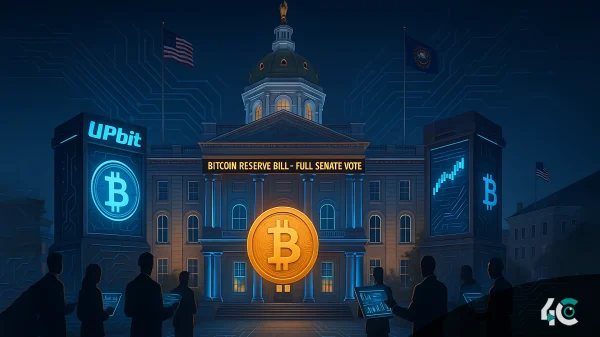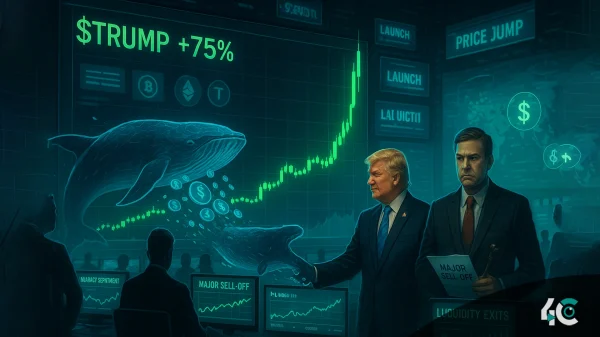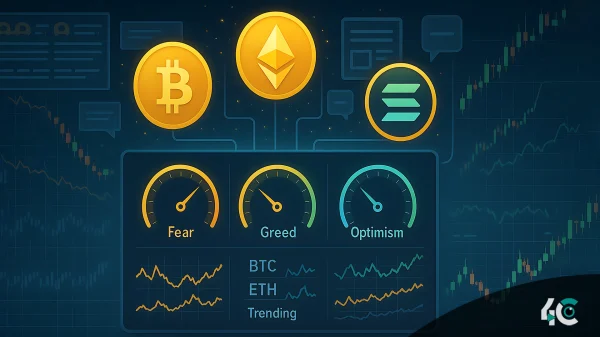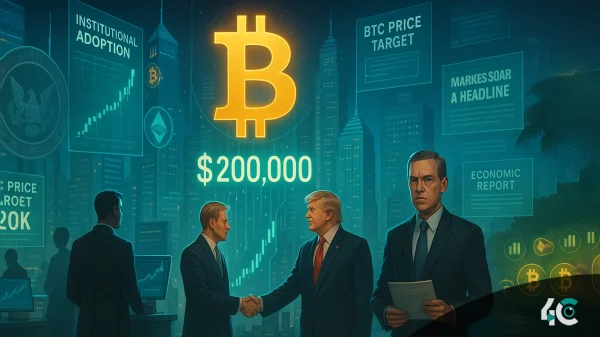Arthur Hayes, former CEO and co-founder of BitMEX, has given a new take on why the recent rate cuts by the Federal Reserve might not be helping Bitcoin as much as was thought. Even though the Federal Reserve has hinted at a possible rate cut, Bitcoin prices have gone down instead of up as expected.
Hayes says that the rise of reverse repurchase agreements (RRPs) is the reason why Bitcoin prices have been staying the same. Large money market funds are putting a lot of money into these deals because they offer a 5.3% return right now. This yield is higher than the 4.38% return on Treasury bills, so funds are investing in RRPs instead of Treasury bills or risky assets like Bitcoin.
Hayes says that RRPs work like a safe “parking lot” for big buyers and give them a better return than many other low-risk assets. This change in how people want to spend their money makes it harder for riskier assets, like cryptocurrencies, to get cash quickly.
Bitcoin quickly went up to $64,000 in September after the Federal Reserve hinted at a possible rate cut. It then dropped by about 10% to $57,400, but it has since made a small comeback and is now at $59,238 as of this update. Hayes says that the high returns from RRPs are making high-risk investments like Bitcoin less likely to benefit from rate cuts.
When interest rates are low, people are more likely to borrow money and spend it. This makes the market more flexible and investments like Bitcoin more appealing. But the current trend of high-yielding RRPs may be working against these effects, which is why Bitcoin’s success has been so slow.
As the Federal Reserve gets ready for its meeting on September 18, at which rates may be lowered, Hayes’s research suggests that the effect on Bitcoin may not be as big as first thought. Bitcoin’s success could continue to be affected by how RRPs and market liquidity change over the next few months.



